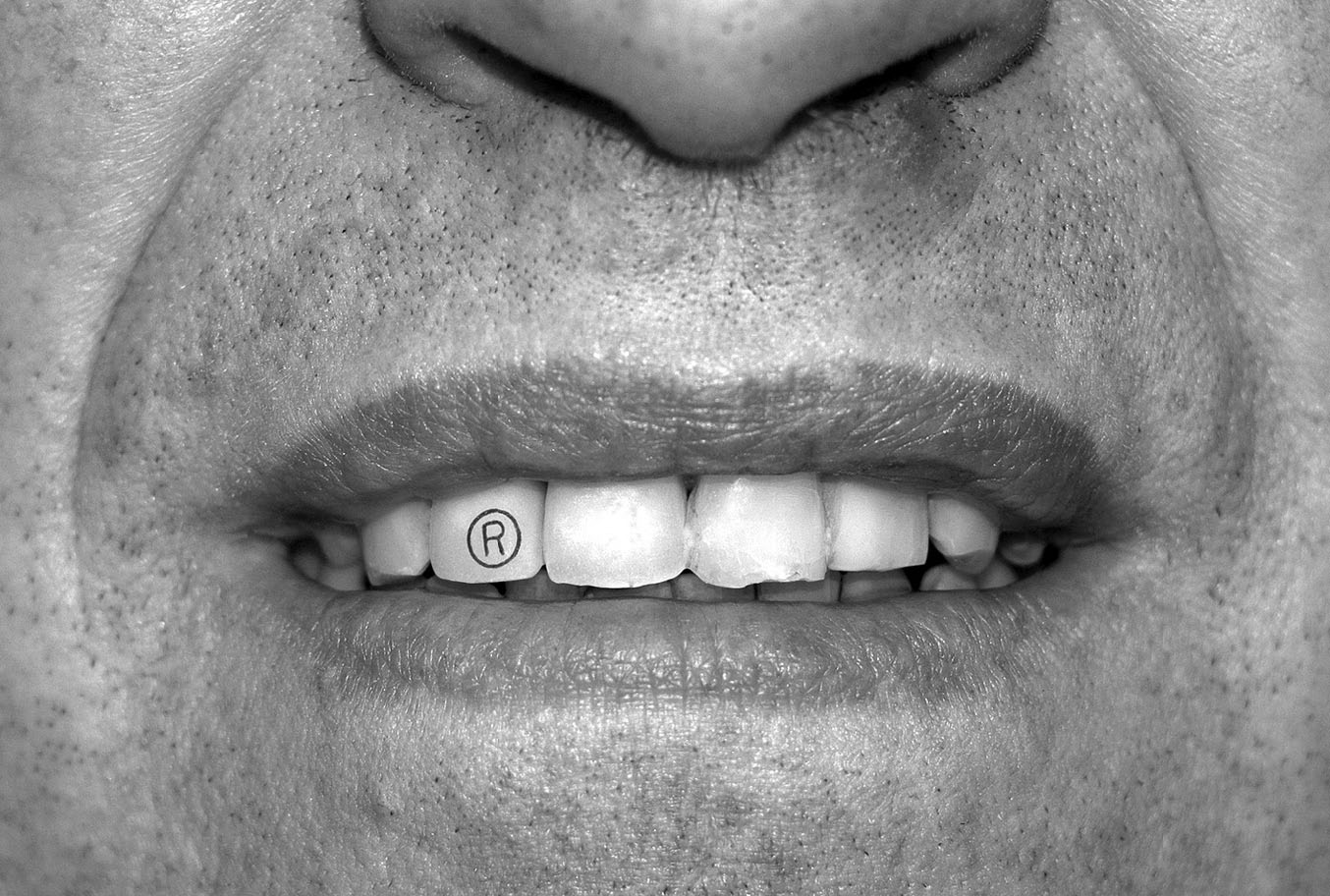Anüll, Özlem Ian

Born 1948 in Sempach, Switzerland, lives in Zurich
Can artists today criticize the art market without immediately becoming a part of it and in turn denying their critical thinking altogether? This is a question that has plagued many artists since at least the 1960s. Some believed that they could escape the market if they focused their art on using technical reproductions, such as photography or video. Others, such as the conceptual artists of the 1970s, in an effort to avoid commercialization, asserted the notion of the work of art itself, which anyone could create according to certain guidelines. Still others believed that work done outside art institutions could resist the market. However, as we know today, all of these attempts have been futile: the market can appropriate and commercialize anything, whether it be an actual work of art or only an idea or critical view.
Ian Anüll, who has learned from these experiences, reacts to the seemingly paradoxical situation of works of art critical of the insatiable omnipresent market with an ironic sense of humour. However, his aim is not to demean the credibility of art, as is sometimes the case with similar artists, but to show how art is deeply rooted in society and politics as opposed to the modernist notions of autonomy. Therefore, his installations, films, drawings and pictures work with flags, company logos, and political symbols. They consciously approach the aesthetics of advertising and the mass media, and sometimes at first glance they are even indistinguishable from them, as if they were political manifestos. This confuses us and makes us uncertain. And this is precisely the author’s intention. In a humorous manner, he confronts us with our own prejudices and deep-rooted beliefs on art.
Even so, the intention of this juggler of logos and American banking and political symbols is still to communicate an awareness of art. This is best seen in his work that consciously defies market principles: his designs for colourful spaces. According to his instructions—which Anüll continues in the tradition of conceptual art—a house painter covers one wall of the room with metallic blue. The same person then uses the same colour on a canvas, which is ten times smaller than the painted wall, and he places this on the adjoining wall. This creates a meditative space whose aesthetic value is equal to even the most ambitious exhibits of minimalist artists. It also questions in a humorous manner the market value of the canvas painting in relation to the painted wall.
